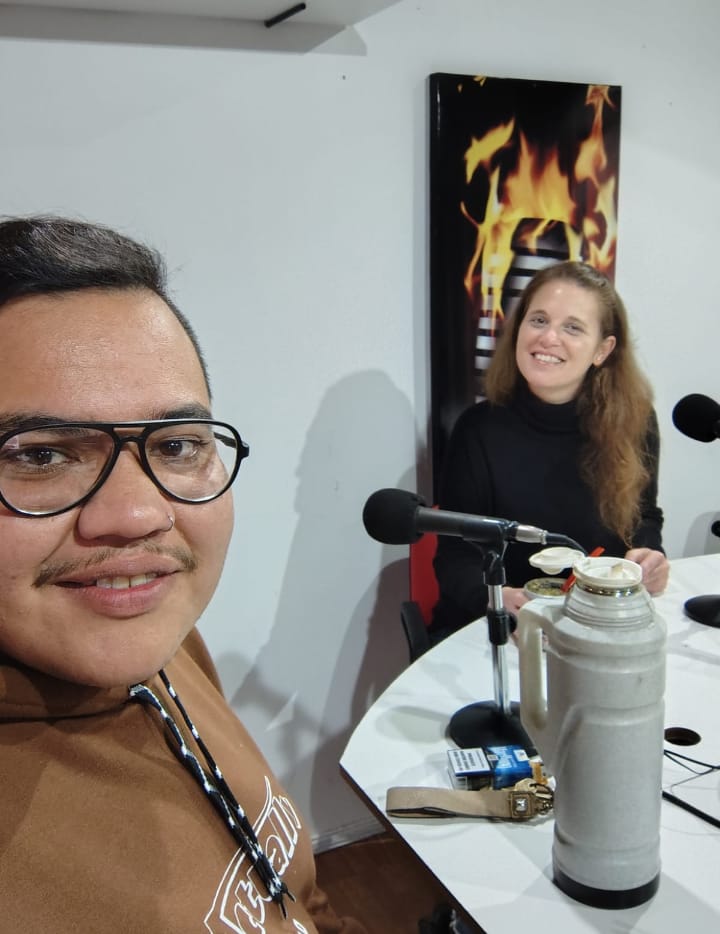Among the most influential experiments in all English literature is that the essay of John Milton. An article is, generally speaking, a composed piece that exhibit the author’s point of view, however the specific definition is sometimes vague, spanning even with those of a essay writing help personal letter, a paper, an guide, pamphlet, and a short story. Essays have been traditionally been categorized as either formal and casual or academic and colloquial. Nowadays it is becoming increasingly common to find an essay to be written in more than one mode. In some ways this is true of all written communication, however the hybrid nature of the modern age and the explosion of technologies have provided us an article that can be classified as narrative, analytical, philosophical, expository, literary, or even private.
Writing essays is not as straightforward as filling in a form and submitting it for approval. Much of what goes into making an article is the ability of the writer to organize the thoughts and arguments they have gathered into a complete and persuasive argument. In addition to being aware of the purpose and the focus of the essay (that’s, what the composition aims to achieve ), the author must also know about the various style rules which are appropriate to writing the composition in addition to how to arrange the composition to reach its objective. This is particularly true of the numerous kinds of arguments which can be advanced in an argumentative article.
The thesis statement of a composition is the central subject of the essay. The thesis statement is generally introduced in the middle of the article, normally in the last paragraph of this introduction. The objective of an essay is to offer an argument or to support a claim with scientific or other evidence. The author does not have to provide proof in support of the thesis statement in the body of this essay, but if evidence is supplied in the form of supporting photos, charts, or graphs subsequently the article should finish with a citation of the sources.
The body of the essay frequently includes a number of main points or ideas that were discussed during the article. The writer’s goal is to engage the reader in the discussion and to encourage them to explore the main points of this essay by following the discussion thread. Frequently a writer will need to back up their claims with additional study, but doing so after the debut can help establish credibility to the author. The conclusion is generally arguing against the thesis statement or against the conclusions reached from the introduction. The conclusion isn’t the last word on the matter or matter mentioned in the article. A writer might want to end with a review of the full subject, with recommendations and tips for further study, or with a personal message to this reader.
Argumentative essays, including polemical essays, are written to present facts and research, backed up by logic and proof. Good essayists have a tendency to choose one area of this topic (the thesis statement) and create their argument based on that. They may begin with a quotation, piece of literature, or other evidence to support their own position. Once they have developed their purpose, they could refocus their arguments on encouraging statements throughout this article. For example, should they begin the article with a quote, they may end by mentioning secondary sources to encourage that quote.
Essays are very structured, since the article structure is intended to aid the reader in reading the essay and understanding the primary points. Because the essay structure is clear, essayists have a better prospect of conveying their intended message to the reader. If they don’t convey the intended meaning inside the essay, their message will be missing. Adhering to the basic steps of writing an essay can help the writer to arrange their ideas and arguments and to create a clear and concise essay.



